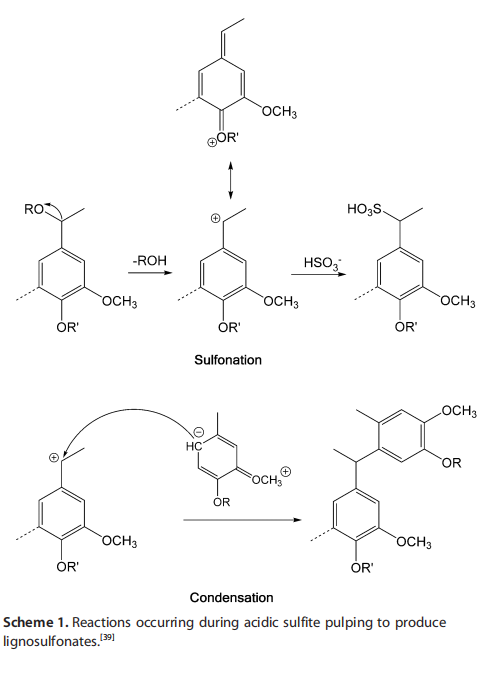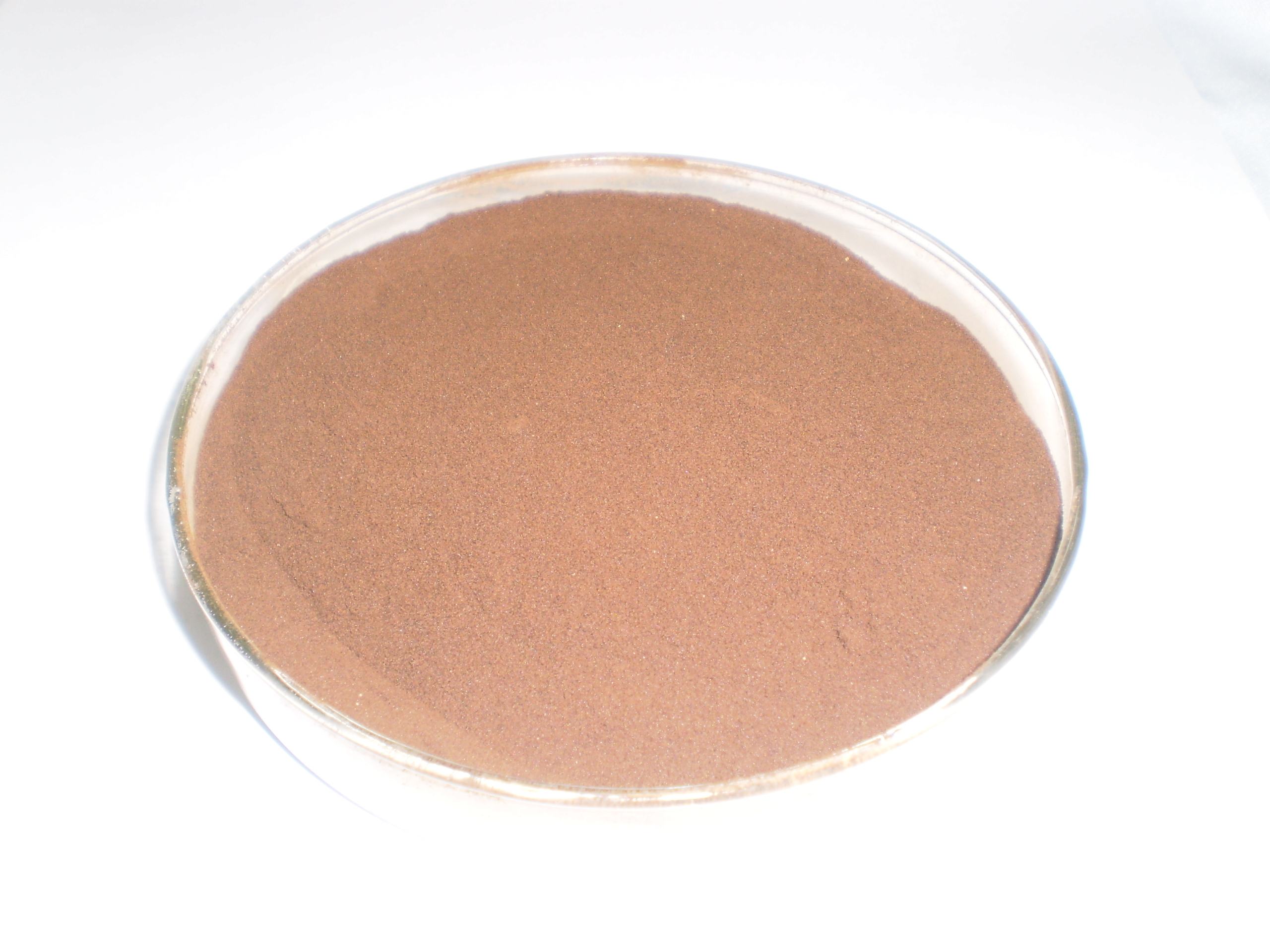The sulfite pulping process has many environmental issues, and thus, only a small portion of market pulp (less than 10%, roughly 7 million tons) is produced by the sulfite pulping process.
In contrast, the kraft process is widely practiced to produce market pulp of better quality.As such, sulfonated lignin-based products from kraft lignin can be produced. To produce sulfonated kraft lignin, unmodified kraft lignin should be initially separated from black liquor of the kraft pulping process.
In the past, MeadWestvaco Corporation was the largest commercial producer of kraft lignin, but Domtar Corporation started kraft lignin production with a large capacity from black liquor in NC, USA, in 2014.LignoBoost technology is utilized at Domtar and produces roughly 25 000 tons of lignin per year.
In this method, the addition of carbon dioxide to black liquor reduces the pH from 13 to 9–9.5. The acidification of black liquor converts the ionic phenolic hydroxide groups present in the lignin molecule into their free forms, which causes the precipitation of kraft lignin.
Alternatively, to produce kraft lignin from black liquor. In this method, black liquor is oxidized with air or oxygen prior to acidification with both carbon dioxide and sulfuric acid.
The extracted kraft lignin may be purified by washing and filtering. The LignoForce system allows for increased filtration rates, decreased acid usage, and a lower ash content of the extracted kraft lignin compared with LignoBoost-extracted lignin.
Once purified kraft lignin has been obtained, it can be sulfomethylated to produce sulfonated lignin, as conducted by MeadWestvaco Corporation. In this process, kraft lignin is reacted with sodium sulfite or sodium bisulfite and an aldehyde (i.e., formaldehyde).
Sulfomethylation can be carried out at 0.1–1.0 (w/w) sulfite/lignin and 0.01–1.0 (w/w) formaldehyde/lignin at 100–160 8C and pH 9 or greater for 4 h.
The preferred weight ratio of sulfite to formaldehyde is 1.3:0.8; an
increased amount of sulfite decreases the molecular weight of
the generated sulfonated lignin.
Furthermore, the sulfonation (or sulfomethylation) reaction introduces sulfonic acid groups into the aromatic ring of the lignin structure, which is
different from lignosulfonates that originate from the sulfite pulping process, in which sulfonic acid groups are located on the aliphatic chain (Figures 1 and 2).

The sulfonated lignin from the kraft process is typically sold in calcium or sodium salt form and is less expensive than some lignosulfonates from
sulfite pulping.
As described, lignin isolated from the kraft process must be sulfonated in a second processing step to produce sulfonated kraft lignin. Thus, more challenges must be overcome to produce the desired end-use sulfonated products.
On the other hand, sulfonated kraft lignin with a high purity and different degrees of sulfonation can be produced from kraft lignin, which are the main advantages of sulfonated kraft lignin over lignosulfonates with lower purity and degree of sulfonation.

